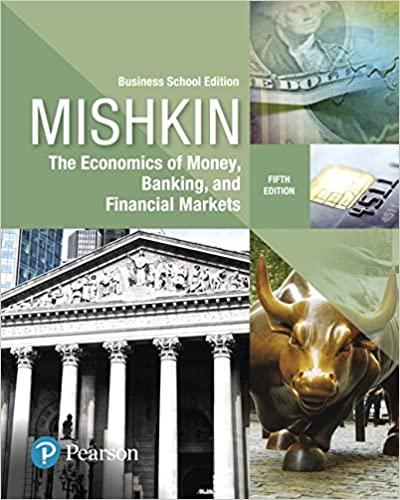The following table gives the balance sheet for Travellers Inn Inc. (TII), a company that was formed by merging a number of regionai motel chains. The following facts also apply to TII: 1. The long-term debt consists of 29,412 bonds, each having a 25 -year maturity, semiannual payments, a coupon rate of 7.4%, and a face value of $1,000. Currently, these bonds provide investors with a yield to maturity of 11.8%. If new bonds were sold, they would have an 11.8% yield to maturity. 2. TIr's perpetual preferred stock has a $100 par value, pays a quarterfy dividend per share of $3, and has a yield to investors of 12%. New perpetual preferred stock would have to provide the same yield to investors, and the company would incur a 3.55% flotation cost to sell it. 3. The company has 3.8 million shares of common stock outstanding, a price per share =P0=$20, dividend per share =D0=$1, and earnings per share = EPS =$5. The return on equity (ROE) is expected to be 12%. 4. The stock has a beta of 1.6 . The T-bond rate is 4%, and RPM is estimated to be 5%. 5. TII's financial vice president recently polled some pension fund investment managers who hold TII's securities regarding what minimum rate of return on TII's common would make them willing to buy the commen rather than TII bonds, given that the bonds yielded 11.8%. The responses suggested a risk premium over TII bonds of 3 percentage points. 6. TII is in the 25% federal-plus-state tax bracket. Assume that you were recently hired by TII as a financial analyst and that your boss, the treasurer, has asked you to estimate the company's WACC under the assumption that no new equity will be issued. Your cost of capital should be appropriate for use in evaluating projects that are in the same risk class as the assets Til now operates. Based on your analysis, answer the following questions. Do not round intermediate calculations. Round your answers to two decimal places. 5. TII's financial vice president recently polled some pension fund investment managers who hold TII's securities regarding what minimum rate of return on TII's common would make them willing to buy the common rather than TII bonds, given that the bonds yielded 11.8%. The responses suggested a risk premium over TII bonds of 3 percentage points. 6. TII is in the 25% federal-plus-state tax bracket. Assume that you were recently hired by TII as a financial analyst and that your boss, the treasurer, has asked you to estimate the company's wacc under the assumption that no new equity will be issued. Your cost of capital should be appropriate for use in evaluating projects that are in the same risk class as the assets TII now operates, Based on your analysis, answer the following questions. Do not round intermediate calculations. Round your answers to two decimal places. a. What are the current market value weights for debt, preferred stock, and common stock? (Hint: Do your work in dollars, not miltions of dollars.) b. What is the after-tax cost of debt? % c. What is the cost of preferred stock? \% d. What is the required return on common stock using CAPM? e. Use the retention growth equation to estimate the expected growth rate. Then use the expected growth rate and the dividend growth model to estimate the required return on common stock. f. What is the required retum on common stock using the own-bond-vield-plus-judgmental-risk-premium approach? g. Use the required retum on stock from the CAPM model, and calculate the wACC








